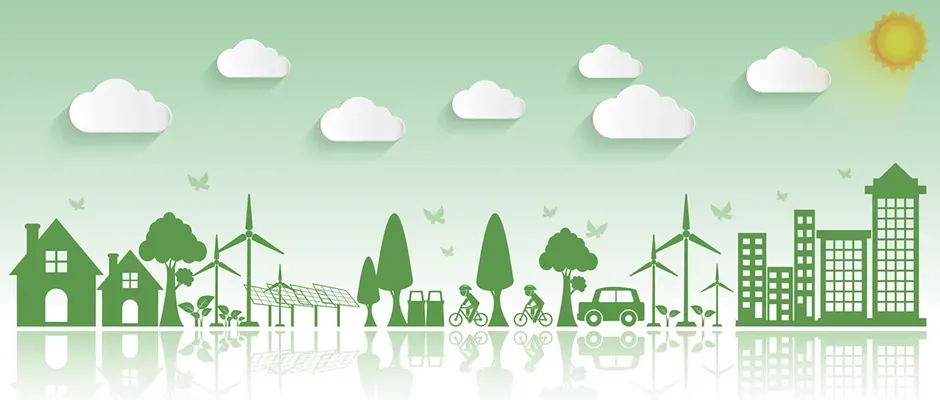
Currently, the COVID-19 impacts the entire globe and causes a drastic change in everyone’s lives. As public life stands still, social contacts are reduced to a minimum and people need to stay home for weeks, brands are limited in their way of communicating and reaching out to their customers. At the same time, consumer behaviour is changing: people are becoming more cautious about shopping in public spaces, basket sizes are increasing, and stockpiling shelf-stable foods and sanitary products became common practice. These changes and uncertain times confront brands with major challenges and disrupt entire business models.
Therefore, we think that it is crucial to react, adapt and already prepare for the future. Hence, we would like to discuss the following questions: How should marketers deal with this situation? How can they turn these challenges into opportunities? And what should they communicate to their customers?
We encountered 4 relevant actions you (as a marketer) should consider in order to react properly to the current situation:
1. Leverage digital channels
Currently, people spend more time than ever on their technological devices, like phones and laptops to work remotely from home, check the news or seek entertainment to overcome boredom. Consequently, it might be more effective to reach your customers using digital channels such as social media to engage, entertain and educate. A great example is the adaptation of gym courses, moving from offline to online. To keep the community active, many fitness brands (like FitnessHut) decided to provide online work outs, fitness plans and healthy recipe suggestions. As a result, the customer’s changed needs are satisfied, and gyms can reduce the churn rate of monthly subscribers.
2. Be transparent in your communication and show understanding as well as empathy for employees and customers
We think that especially in times of crisis, it is important to be transparent, correct and honest in your communication, to show concern and involvement. The transparency helps customers as well as employees to understand the situation and stay calm. Thank you, Nova, for keeping us up-to-date on a daily basis. Moreover, the empathic behaviour facilitates the development of trust and establishment of a mutual, long-term relationship between brand and customer/employee. Additionally, it humanizes the brand and creates a community feeling “we are all in this together”. We believe the German supermarket chain Edeka, is currently doing a great job transmitting solidarity and showing appreciation for their employees (e.g. #gemeinsamstärker #wirundjetztfüralle on Instagram).
3. Engage & entertain consumers through social media
At the moment many people crave for entertainment and engagement to overcome their boredom and satisfy social needs. Brands can fulfil the needs by creating unique and creative content, which at the same time fosters a community culture and brand loyalty. By increasing the quantity and relevance of e.g. social media posts, brands have the opportunity to reach more people more frequently. Ravensburger, for example, promotes its puzzles while simultaneously providing customers with a solution for their boredom. Similarly, Penguin Random House, an international book publisher, offers its community to virtually connect and meet to discuss readings, recipes and more (#BooksConnectUs).
4. Be helpful
We believe that now is the time for especially powerful brands to contribute to the community well-being and hereby we do not only mean large donations. Hence, brands can use their reach and influence to educate and inform consumers on the correct way to wash their hands and the importance of social distancing in order to flatten the curve. Starbucks in China provides a great example, being one of the first to communicate hands-on tips on maintaining personal hygiene. Moreover, brands should use their social media accounts to appeal to their consumers to stay at home, like Nutella (“Home is where Nutella is”) or Kitkat (“Faz um break, fica em casa”) do. These small gestures do not only have a positive impact on the containment of the virus, but also create a positive, long-lasting brand image in the minds of consumers.
To conclude we would like to stress that brands should use their power to contribute something positive to society rather than putting their products in focus right now. The strategy should be to emphasize the building of long-term relationships and the creation of positive brand attitudes in the minds of consumers rather than short-term profit. Instead of letting these circumstances cause a stagnation of your brand, marketers should view this situation as an opportunity to strengthen their brand image by leveraging online channels. Additionally, we think that the worst right now is to not react at all to Corona and continue with pre-planned media campaigns or communication, like nothing has changed. Last but not least, we believe that marketers should not only react to the current state but plan ahead and use the time to prepare for the future (after the crisis).
Anne Mohren & Niklas Bierfischer
Consultants




